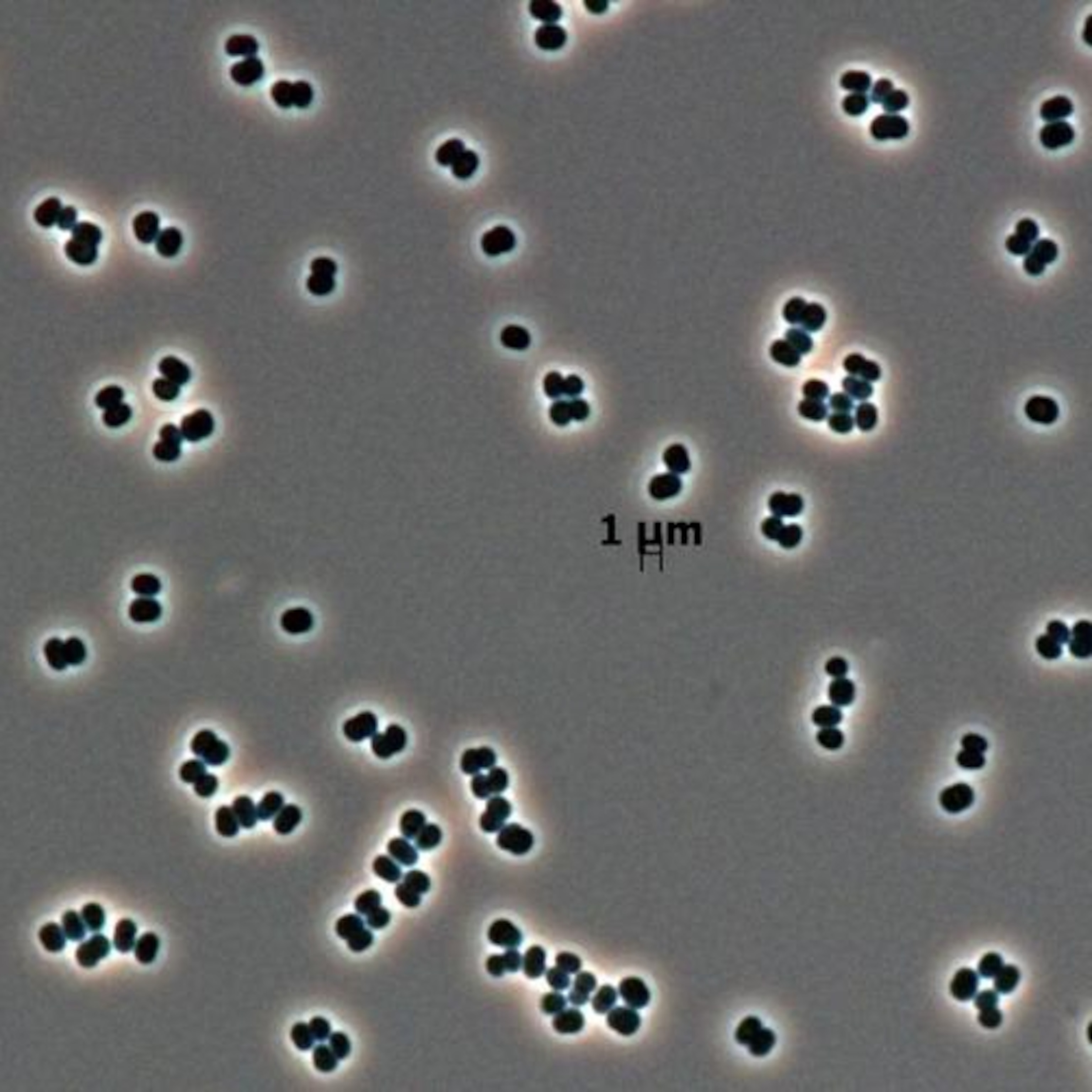
Life Found Deep Under Antarctic Ice for First Time?
U.S. scientists discover microbes in lake a half-mile under the surface.
For the first time, scientists believe they have collected life-forms from deep under the Antarctic ice.
Last week, a team found and collected microbes in a lake hidden under more than a half-mile of ice. (Related: "Race Is On to Find Life Under Antarctic Ice.")
Among other things, the discovery may shed light on what lies under the icy moons of Jupiter and Saturn.
The newfound life-forms have little connection to life on the earth's surface and many apparently survive by "eating rocks," team member Brent Christner said in an interview from the U.S. McMurdo Station, after spending several weeks working at a remote field site at Lake Whillans.
That may explain how life on other celestial objects—such as on the moons of Jupiter and Saturn—survive in the absence of available carbon.
"The conditions faced by organisms in Lake Whillans are quite parallel to what we think it would be like on those icy moons," Christner said.
"What we found tells us a lot about extreme life on Earth," and how similar life beyond Earth might survive.
Making a Living in Ice
A 50-member U.S. team broke through to the 20-square-mile (50-square-kilometer) subglacial lake on January 28, and had two days of 24-hour sunlight to bring up samples before the borehole began to close. A day of reaming the hole was followed by two more days of sample collection.
The scientists are now returning with a four-day haul of lake water, lake bottom sediments, and hundreds of dishes of living organisms that are being cultured for intensive study in the United States.
An early task will be to make sure the newfound microbes were not introduced while drilling through the ice into the lake, which involved a hot-water drilling technique designed to greatly reduce or eliminate any contamination that might come from other kerosene-based drilling technology, Christner said.
Christner said that a commonly used dye was added to the water to illuminate the DNA of the microscopic organisms, and a substantial green glow told scientists that microbes were indeed present. Many of the organisms are likely chemolithotrophs, which rely on inorganic compounds of iron, sulfur, and other elements for nourishment.
Montana State's John Priscu, chief biologist of the Whillans Ice Stream Subglacial Access Research Drilling (WISSARD) program, said lab work at the drill site determined that microbial cells were present—and that they were alive. (Take an Antarctic quiz.)
"I believe it is safe to say that subglacial lake beneath the Whillans Ice Stream supports a microbial assemblage that is growing within this dark and cold habitat" of 31 degrees Fahrenheit (-0.5 Celsius), he wrote in an email.
You May Also Like
DNA sequencing in the U.S. "will tell us who they are and, together with other experiments, tell us how they make a living."
Hidden Lakes
The U.S. team is one of three digging into what is now known to be a vast system of lakes and streams deep below the surface of Antarctica. (See "Chain of Cascading Lakes Discovered Under Antarctica.")
A British team attempting to drill into much deeper Lake Ellsworth had to return home in December because of equipment failure, but a Russian team is also at work now retrieving a core of water from Lake Vostok.
With much fanfare, the Lake Vostok core was pulled up last year from more than 2.5 miles (4 kilometers) below the frigid surface. Vostok is much deeper and larger than any other Antarctic lake, and both it and Ellsworth lie under much colder ice and are believed to have less deep subsurface water flowing in and out than does Whillans.
The existence of subglacial lakes and streams in Antarctica is a relatively new discovery, and the size of this wet world under the ice has only been grasped in recent years. (See Antarctic pictures by National Geographic readers.)
Helen Fricker, a glaciologist at the Scripps Institution of Oceanography and a principal investigator of the Whillans team, first described Lake Whillans in 2007.
Using satellite data, she and her colleagues discovered a periodic rising and falling of the ice surface above the Whillans Ice Stream between 2003 and 2006, and concluded that a lake was likely underneath.
The dynamics of Antarctic ice has taken on a much greater significance in the era of global warming, since some 90 percent of Earth's fresh water sits on the continent.
Although the lakes themselves are not affected by warming, how they interact with the region's ice is important to predicting the future behavior of the ice sheets.
For instance, understanding whether the ice is moving more quickly toward the surrounding ocean is a key goal of the WISSARD project, which is part of a larger U.S. National Science Foundation project to understand the ice movements, glaciers, and biology of the ice sheet of West Antarctica.
More Work to Be Done
For Christner, a specialist in Antarctic biology at Louisiana State University, the work has only just begun. (Also see "Pictures: 'Extreme' Antarctic Science Revealed.")
Two labs were brought to the Whillans site by a caravan of trucks from McMurdo: One to perform a quick analysis of the lake water, and the other to examine sediment.
Christner's team is charged with culturing samples in dishes so they can be studied more extensively later. He said some of the microbe species, including bacteria and archaea, may be unique, but many may well be found elsewhere—at great ocean depths and deep underground.






